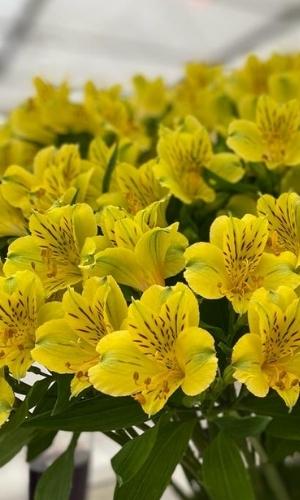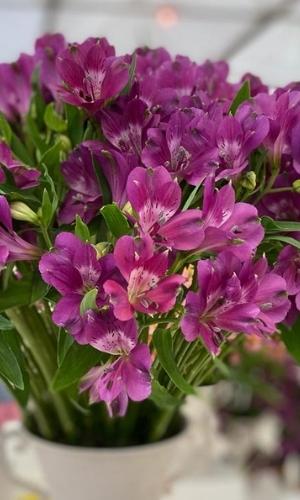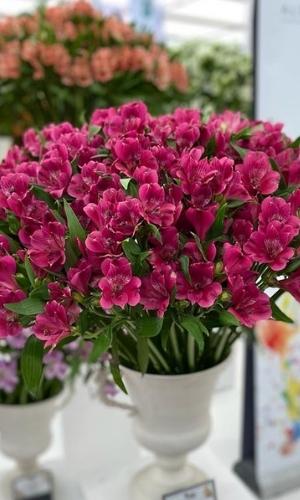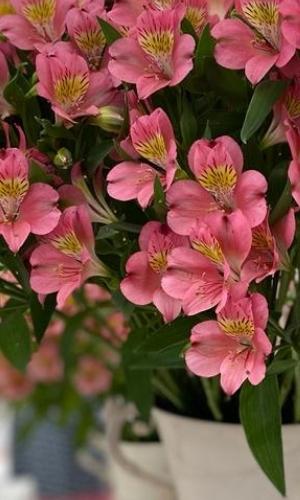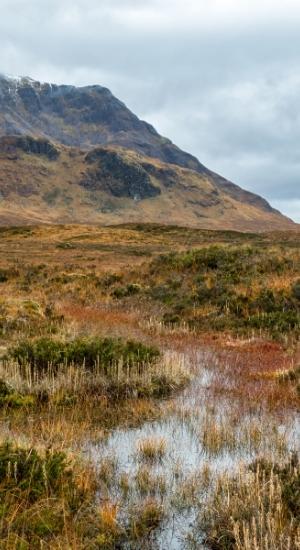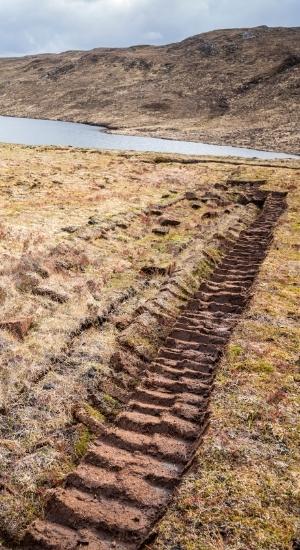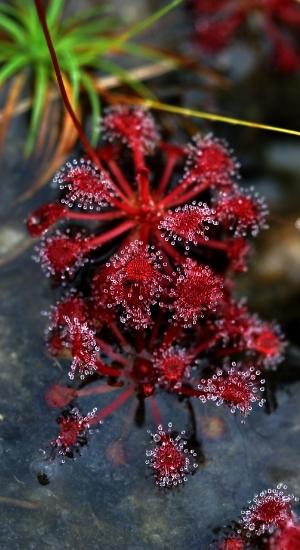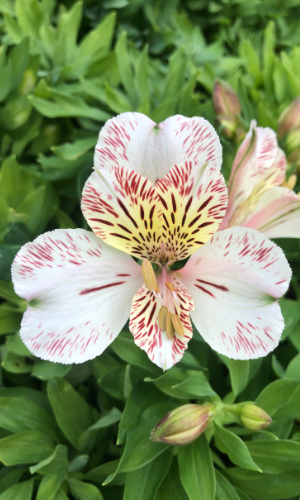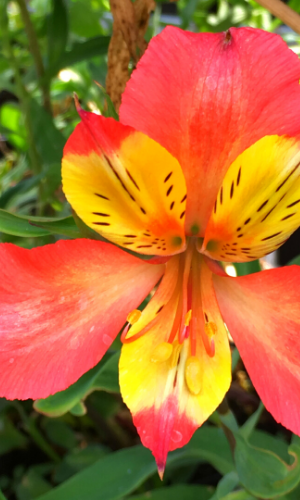Wouldn’t it be wonderful to have a gorgeous bunch of alstroemeria on the kitchen table every week in flowering season?
If so, growing your own cutting garden is the way to go!
Why Grow your own Cutting Garden
There are many reasons to have your own alstroemeria cutting garden:
- Alstroemeria thrive on being picked. The more you pick, the more they grow! The tugging method of picking (See “HOW TO PICK ‘EM” below) encourages more blooms to spring up and keeps them free of dying debris.
- You can enjoy a greater variety than might be available to buy ready-picked.
- You can tailor-make your selection and have them on hand forever.
- You’ll learn more about the world of plants and what thrives in your garden.
- It’s an affordable way of having a regular supply of fresh flowers in the vase.
- Long stemmed flowers such as alstroemeria make great vase dwelling blooms. Their stature makes such a striking statement.
- Perennials like alstroemeria are repeat flowering, meaning they come back year after year. So you will have a constant supply of flowers in blooming season!
- If you plant them in pots in a greenhouse you can have alstroemeria flowers all year round.
- Flowers encourage beneficial insects.
How to Plant ‘em
The alstroemeria plant varieties we grow are garden winter hardy. However, for the first couple of winters while they are establishing it will be best to mulch them well to make sure they are protected until they are big and strong enough to get through the winter without any assistance. Mulching helps prevent weeds too.
You’ll also want to:
- Pick a sheltered, partly sunny, partly shady spot in the garden.
- Grow them in pots. This is an even better option as they can be contained, whereas in the garden they can spread too much.
- Keep them flowering for longer by moving the pots from the garden to a greenhouse or conservatory in the winter.
- Feed them weekly through growing season (from May to September) as this will encourage your alstroemeria to flower well and repeatedly. A high potash fertiliser such as our Alstroemeria Feed is great.
- Water them well but make sure the soil is well-draining as they don’t like having soggy feet.
- Prevent long stemmed flowers from breaking off because of their height or the bed being overwhelmed by too much plant by spacing them out and providing supports for the taller varieties.
- Keep your growing bed to 1.2m wide or less for ease of picking. However, if you are tall or are advanced in your yoga practice, you could make it wider than that.
- Dead head after flowering season in the same way you pick them (See “HOW TO PICK ‘EM” below). This is important as it fends off disease, keeps the plant looking tidy and prevents them wasting energy on producing seeds at the expense of more flowers.
How to Pick ‘em
As mentioned above, there is a specific way in which to “pick” alstroemeria. So even though it’s traditionally called a “cutting garden”, when it comes to picking, you won’t be wielding secateurs with your alstroemeria.
That said, it is best to wait until at least one summer has passed to ensure your alstroemeria’s roots have taken hold in the ground and cannot be dislodged before employing the “tugging” method. Until then, you can still have fresh flowers by cutting them instead (with those sharp secateurs).
Otherwise, here is the preferred “tugging” method and other tips:
- Get hold of the base of the stem and give it a firm tug and a slight twist at the same time. In this way the whole stem is removed from the root. This will ensure that the root area is free of rotting plant debris which causes disease. It also encourages the plant to re-flower, as it will produce another bud under the ground.
- Pick them on a cool day/morning rather than when it is hot as they will be droopy from the heat.
- Take a bucket of water with you while picking so you can put the stems straight into it.
- Once ready to go in the vase, remove the leaves that will be under the water and put a little Milton in the water. This will stop the fungal moulds from growing and prolong their life.
- Trim the stems and change the water every 2 to 3 days to keep them fresh.
Last but not least, sit back and enjoy gazing at them with a cup of tea.
Your eyes and mind will thank you.
